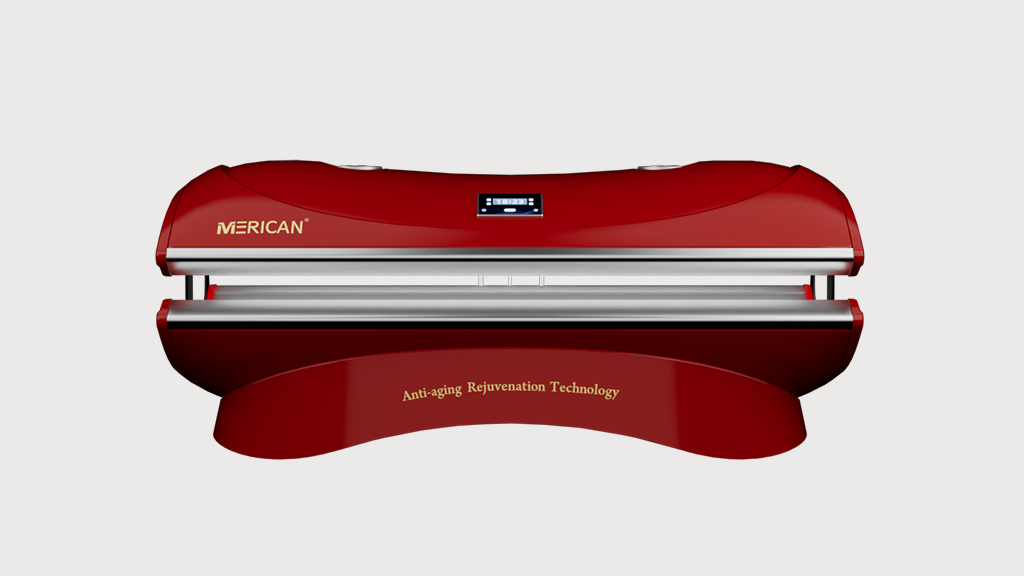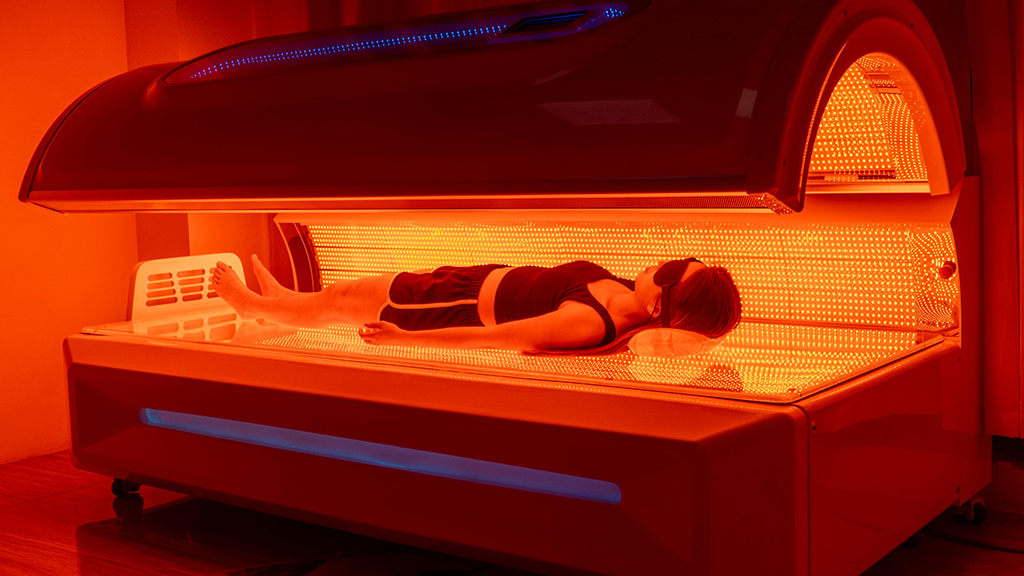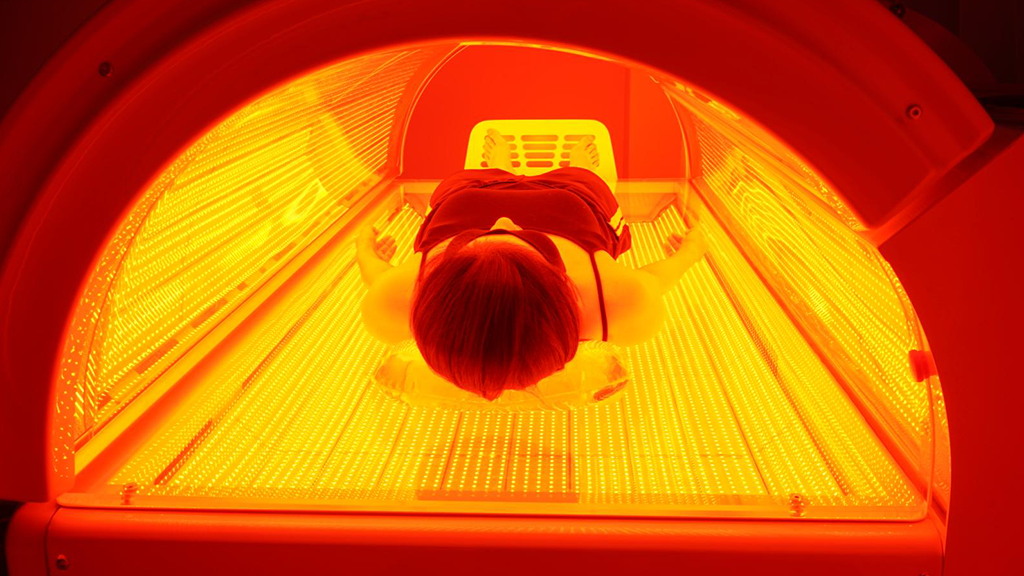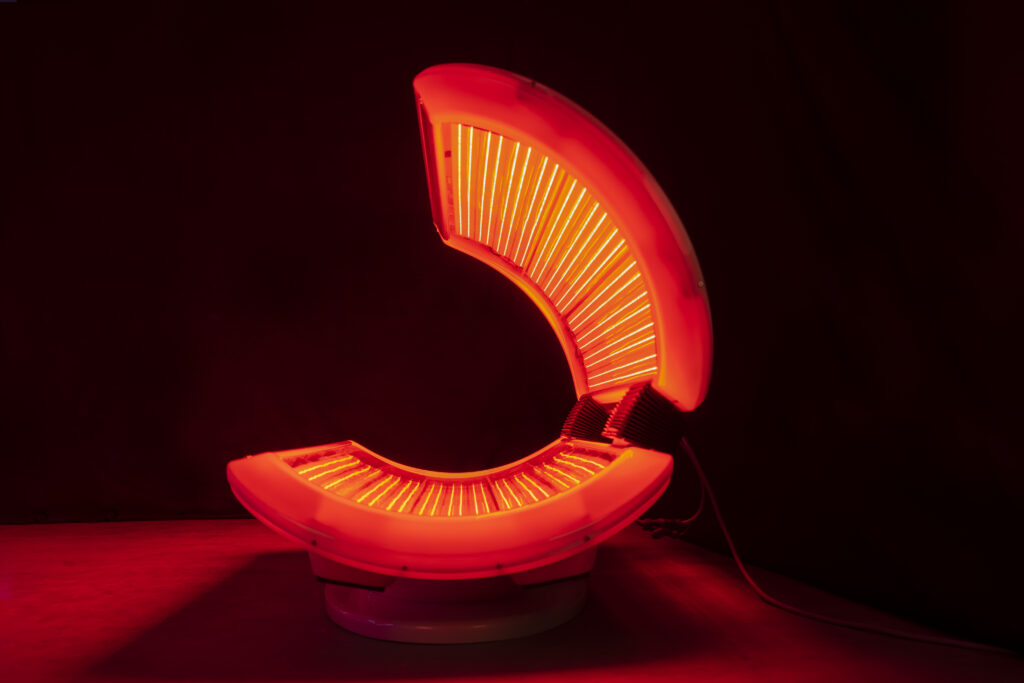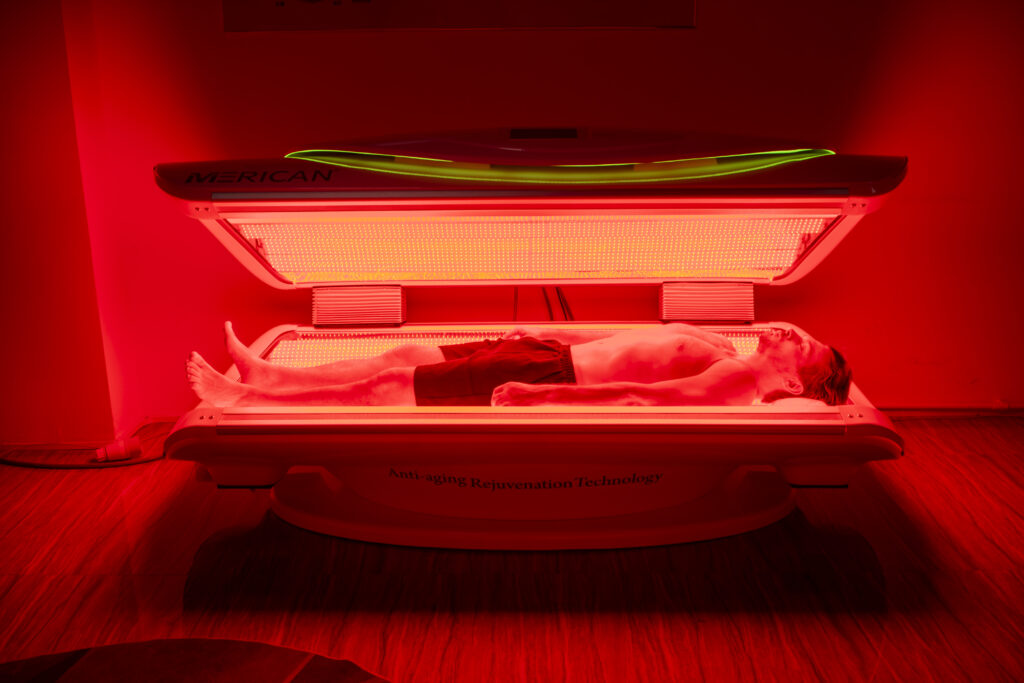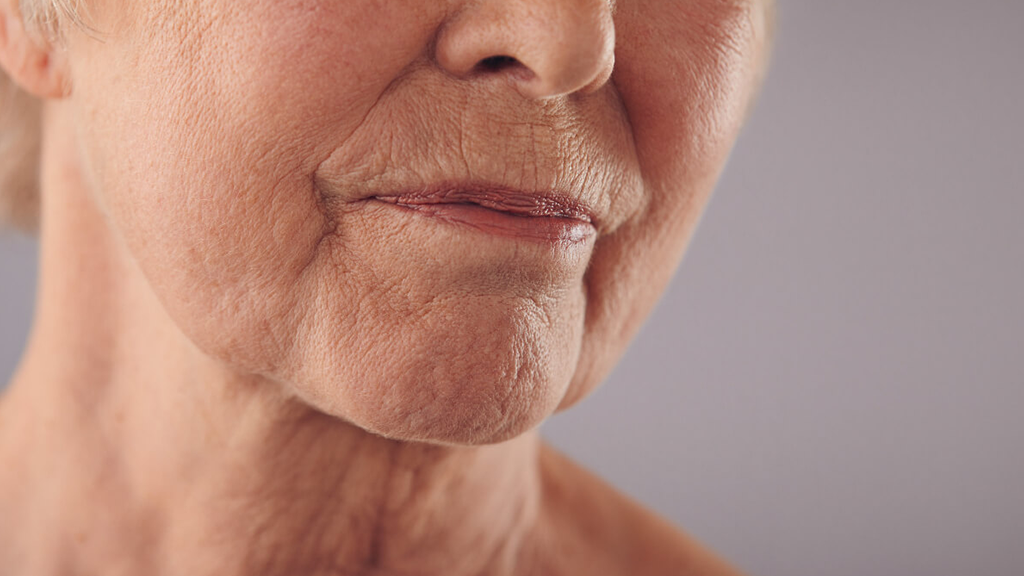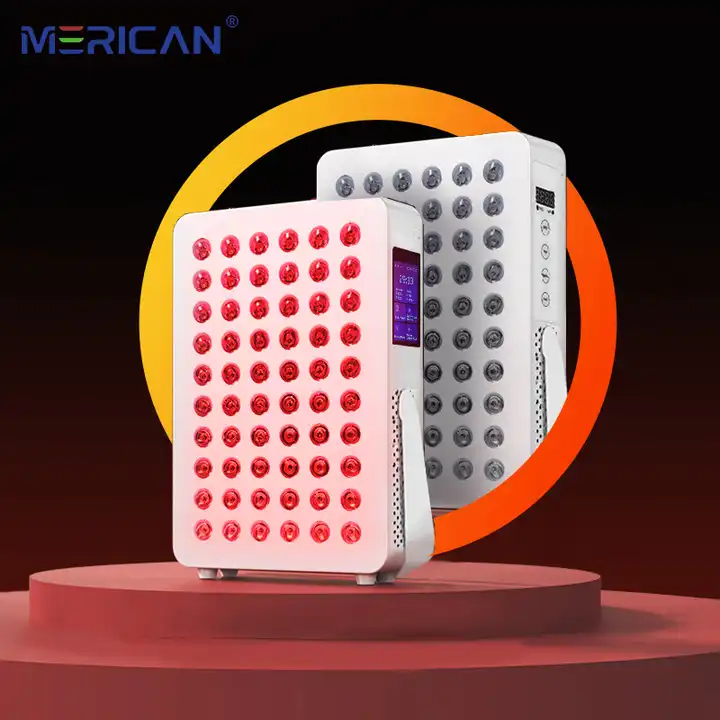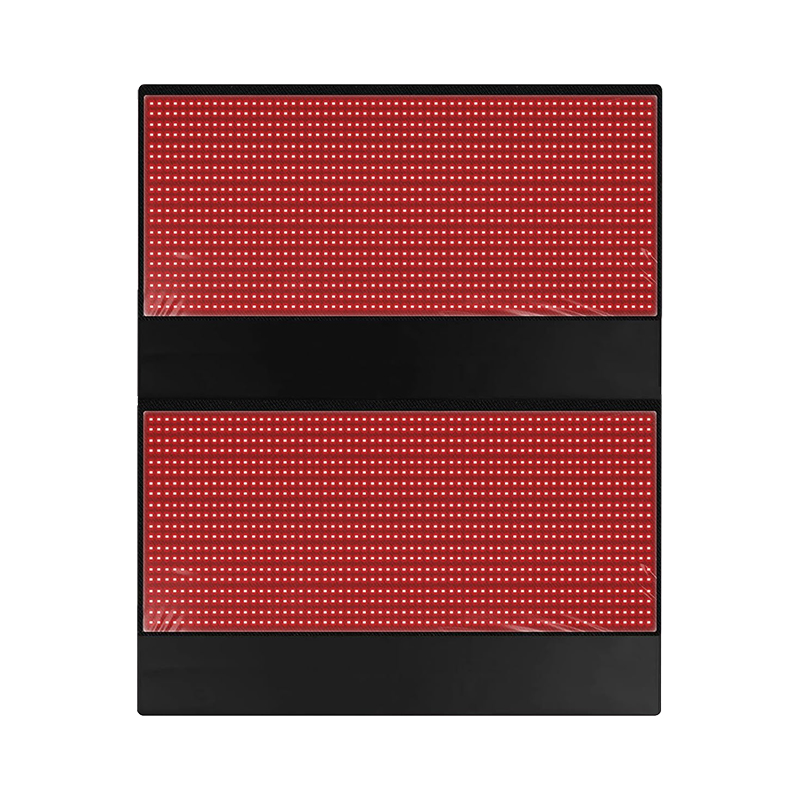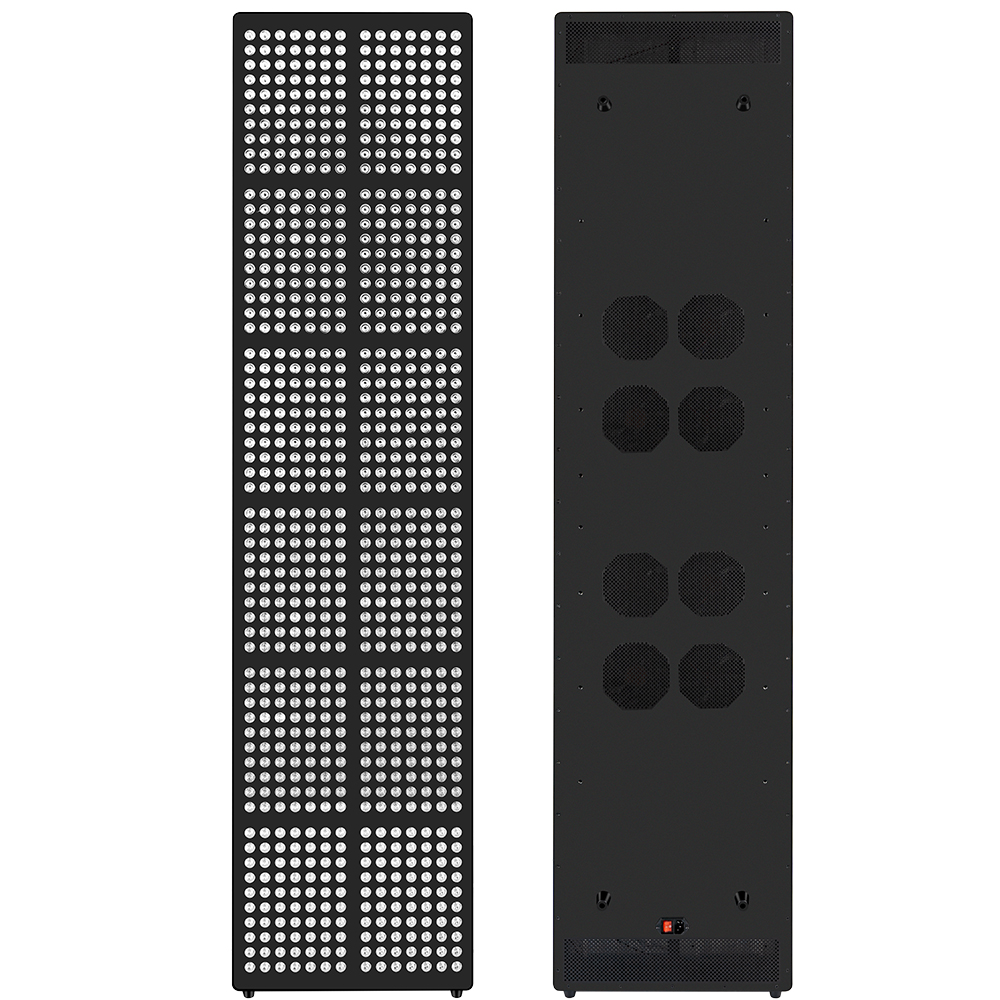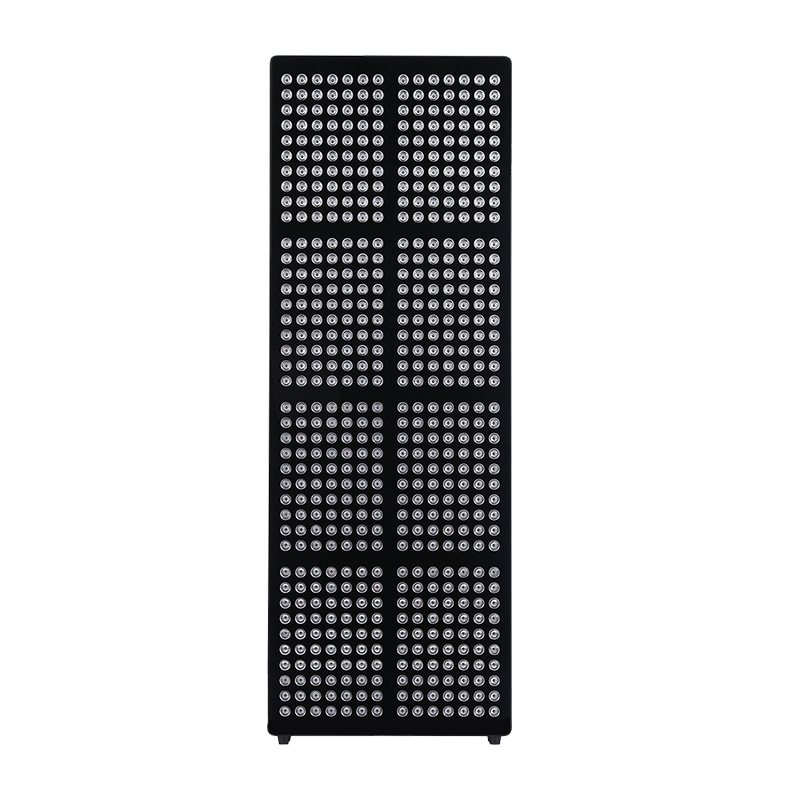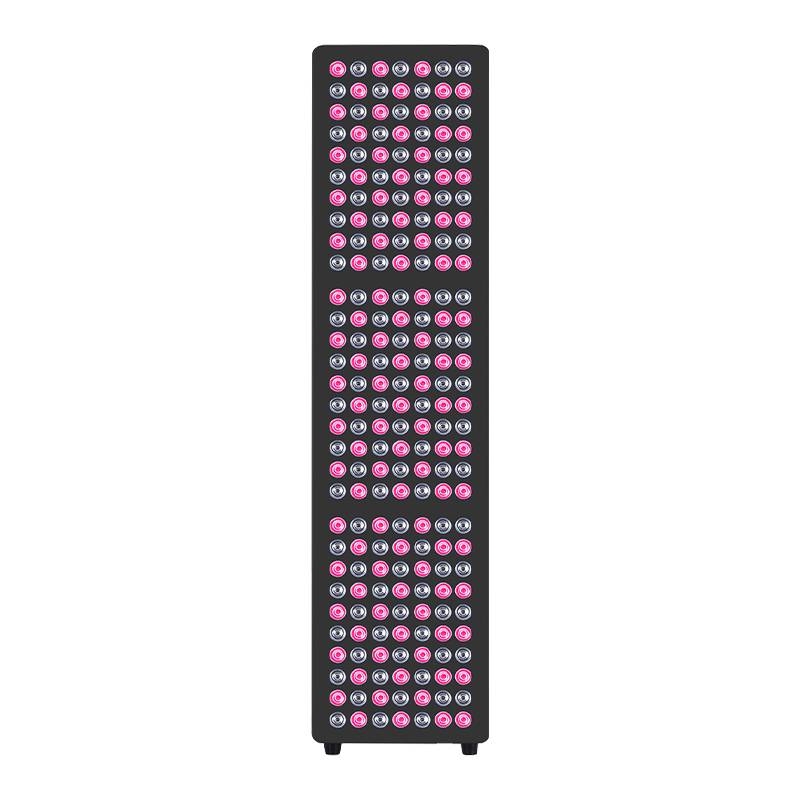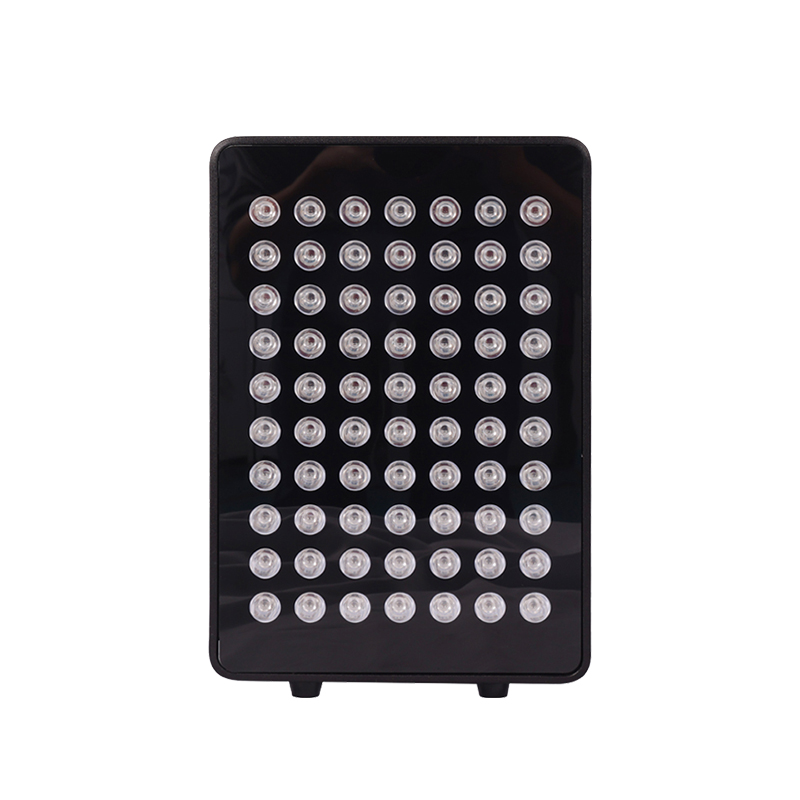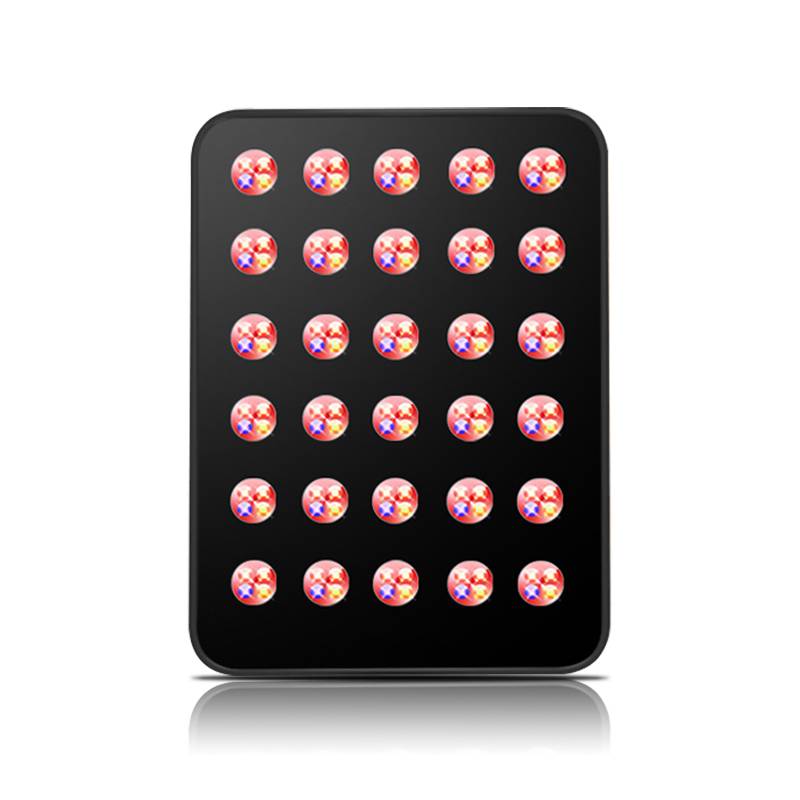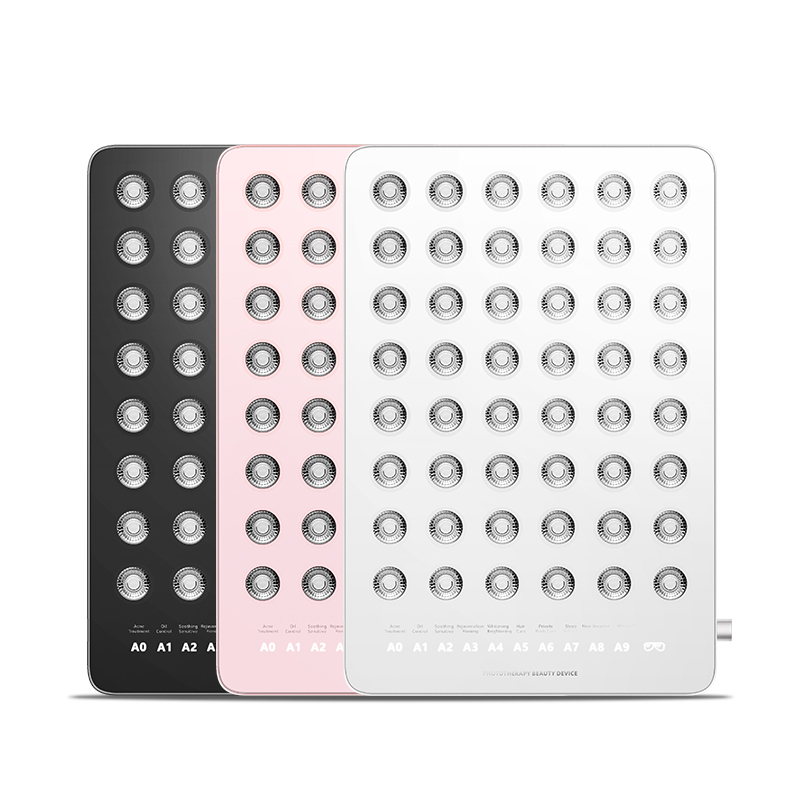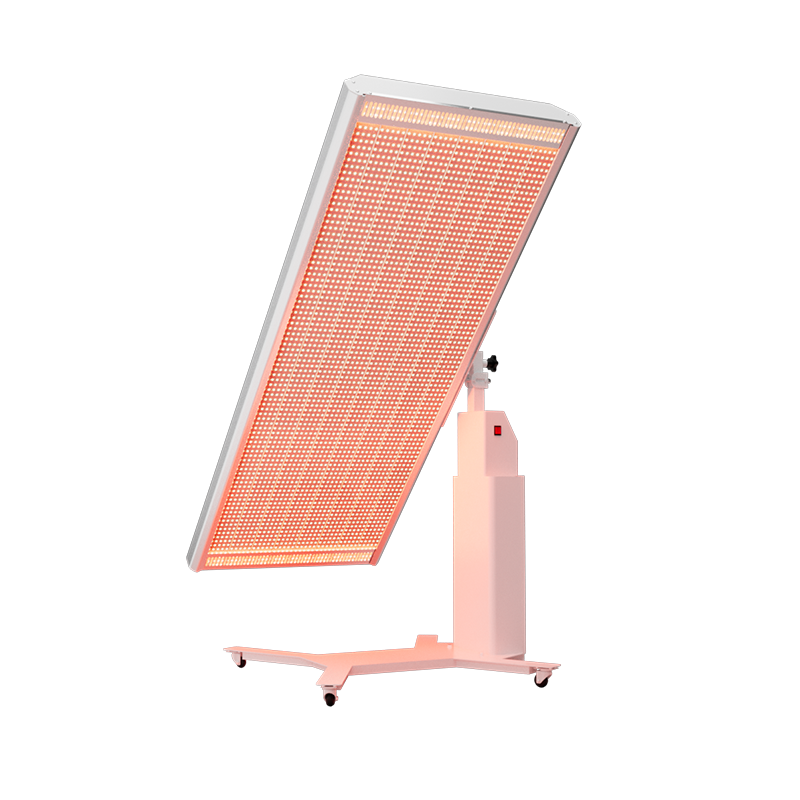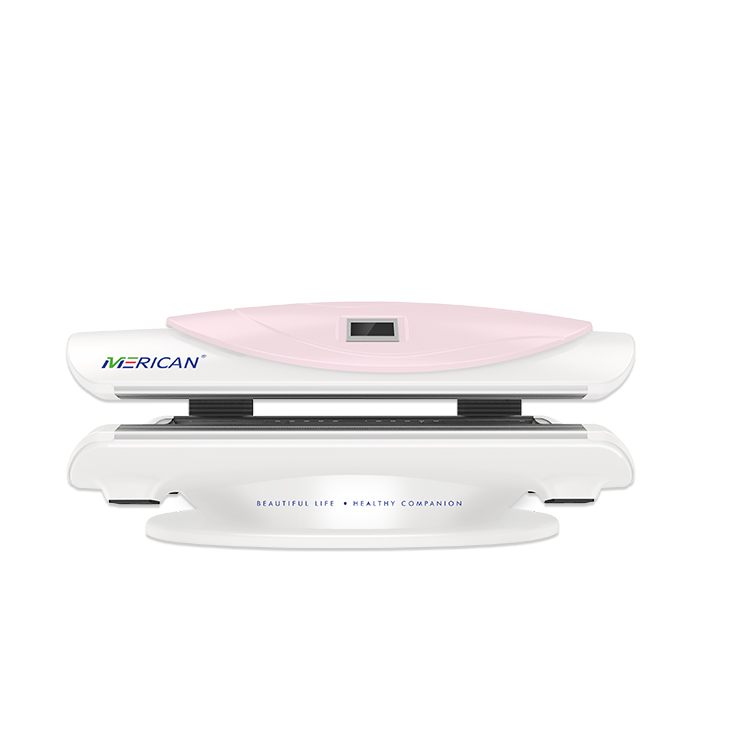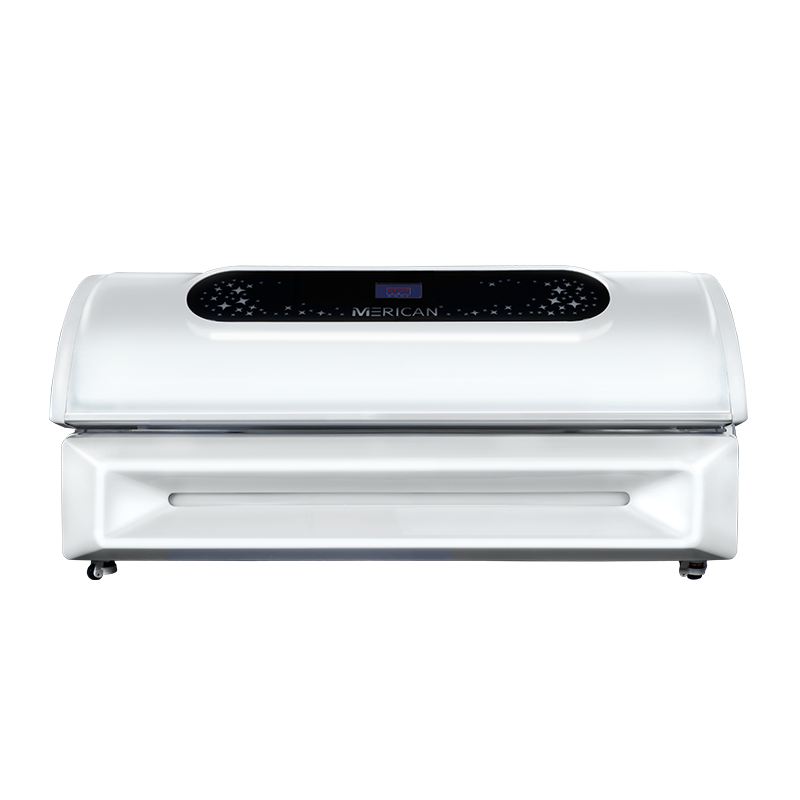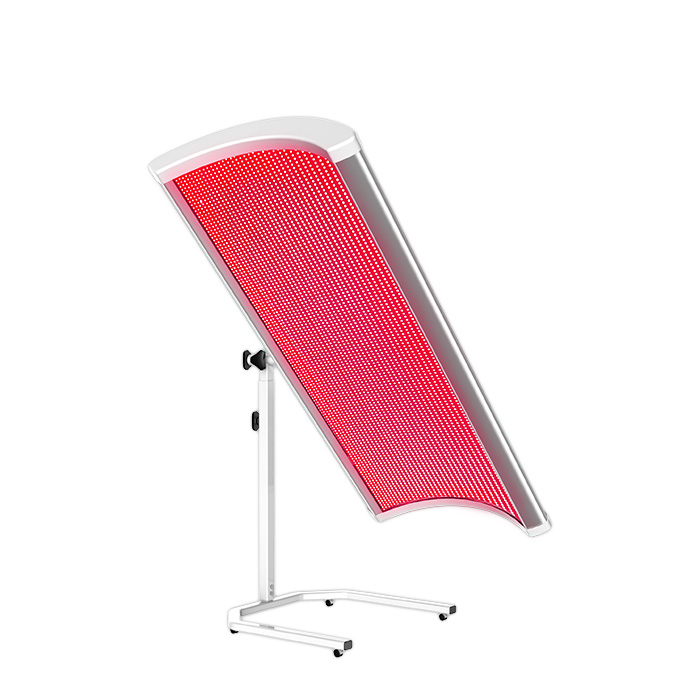The Red Light Therapy Bed is a medical or beauty device that uses red or near-infrared light of a specific wavelength (usually 600–700 nm or 800–900 nm) to irradiate the whole body. Based on the principle of photobiomodulation (PBM), it penetrates the skin with low-energy light to stimulate cytochrome C oxidase in cell mitochondria and promote ATP energy synthesis, thus triggering a series of physiological reactions.
Core principle:
Promote cell repair: Red light enhances mitochondrial activity and accelerates tissue repair and regeneration.
Anti-inflammatory and analgesic: inhibits inflammatory factors (such as TNF-α and IL-6) and relieves muscle and joint pain.
Collagen production: Stimulates fibroblasts to improve skin elasticity and reduce wrinkles.
Improves blood circulation: It promotes the release of nitric oxide, dilates blood vessels and enhances blood flow.
Main uses:
Skin health:
Treats acne, eczema and psoriasis.
It reduces wrinkles and scars and brightens the skin tone (brands such as Joovv and Kleo focus on anti-ageing functions).
Pain Management:
Relieves arthritis, muscle soreness and postoperative pain (clinical studies show its effectiveness in treating fibromyalgia).
Sports Recovery:
Professional athletes use it to reduce lactic acid build-up and speed up muscle recovery (common in NBA teams and gyms).
Mental health:
It assists in the treatment of seasonal affective disorder (SAD) and regulates circadian rhythms.
Equipment features:
Light source type: LED array or low-level laser (LLLT) with no UV.
Irradiation time: 10–20 minutes per session, two to three times per week for optimal results.
Safety: Non-invasive. Some models are FDA-approved for specific conditions, such as muscle pain.

